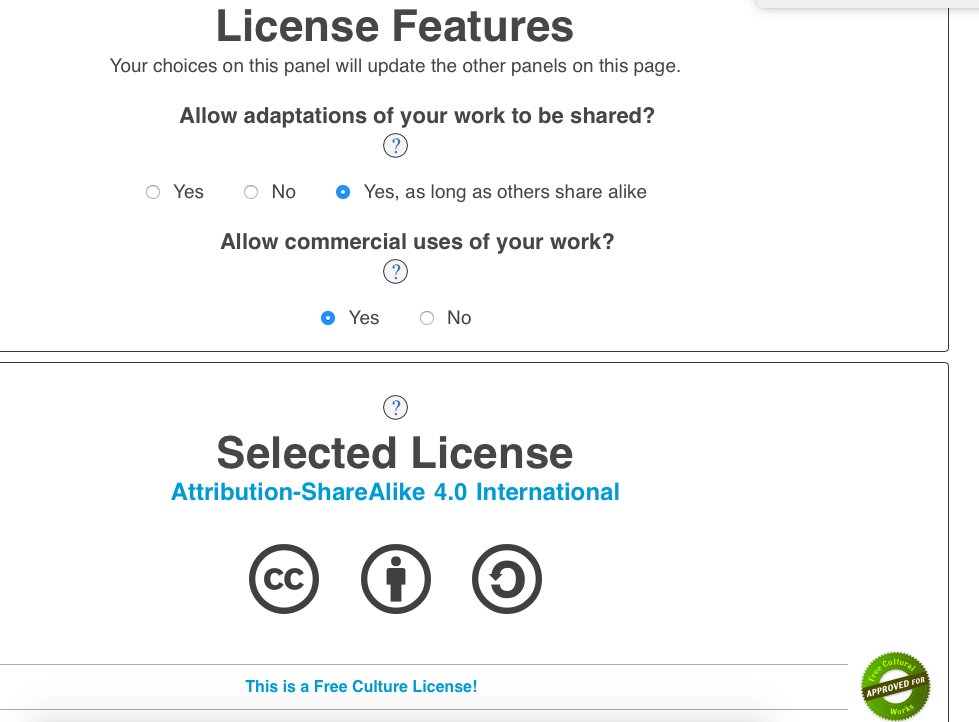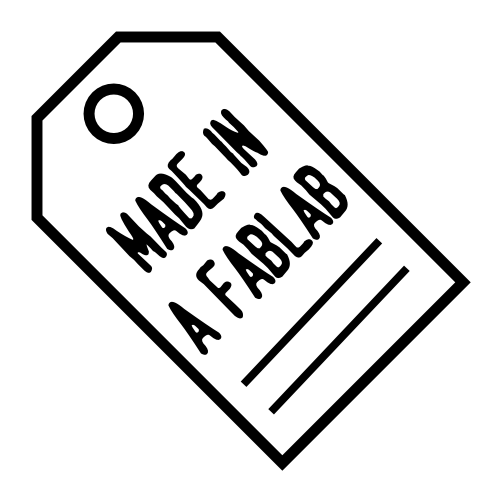This assignment is of great interest to me since I was looking for alternative careers in S&T after my Ph.D. in Computational and Systems Biology and IPR was one. I work now in the field of Assistive Technology (AT) - it is a quandary as to what is the best business model to effectively serve the population. Neil's lecture covered a range of topics in a nutshell, fast and smooth, as usual. I take the liberty to be ambitious in this page to share some nascent ideas.
The Fab academy experience has been surreal, to say the least. I came here with a lot of questions in my head. There is zero development of the AT industrial ecosystem in India. According to the Census 2011, persons with disability (PwD) constitute 2.21% of the total population in India. This is a significant section. However, in business terms, this is a scattered market. More importantly, each person with disability is unique and would need a customized solution. On the other hand, AT devices have to be of a high quality in terms of reliability, robustness and ease of use since these are used by the individuals with disability for their important daily activities of living. Worldwide, this peculiar set of problems leads to a high cost as well as high abandonment rate of AT devices.
Developed countries try to address this problem by providing AT device loan and trial options and also having highly-qualified AT professionals who would assess the individual, recommend the appropriate device, train them to use it and closely follow up. Their health schemes cover the cost of these expensive devices. In India, first and foremost, the persons with disability lack awareness of AT. This is a weak, stigmatized and vulnerable population, that is yet to realize its rights and potential. While the more advanced parts of the world follow the 'Social model of disability', our society is still grappling with the 'Medical' and 'Charity' models of disability, where the PwD is considered lesser and as a problem to be addressed, rather than providing them with opportunities for empowerment. Although late, the RPWD Act of 2016 is a step towards a more equitable society but in a democracy, much depends on how intensely the stakeholders demand and how effectively the law is implemented in response. In short, attitudes matter. And it doesn't help that the occurence of disability is higher in the poorer and more vulnerable sections of the society.
I believe that technology is a game-changer. With more people using AT and leading normal lives in the society with their typically developed peers, attitudes would change and society will transform.
When I first heard of Fablab network and its philosophy, I felt like I have struck gold. Customization, low-cost, open-sourcing creations, collaboration, free thinking and sharing - this is the way to go! Hold on, what about the quality - reliability and robustness? That is a genuine question to be addressed. But the time and cost of making is so less - did your device break or stop working? Check the documentation, come to fablab and fix it or make it again. If you found a way to improve the design, do it and update the documentation to share it with others. Sounds great, doesn't it?
Let me now go over some points from Neil's lecture relevant to this context.
1. Patents are highly specific to a product (less room for customization?), complex, expensive and really worth it only if the invention requires a big investment of money for commercialization and development. Assistive Technologies range from simple to complex. The complex AT devices which cannot be made in a Fablab and need much R&D investment would go this way.
2. Providing a platform - This is perfectly in line with one of the main functions of CATI (Centre for Assistive Technology and Innovation) where I work. We try to link the fragmented AT value chain from developers to consumers. I have met several developers from colleges and universities who work on AT projects just to fulfill an academic requirement and get their brief minute of fame for 'helping the disabled and saving the world!'. Rarely do they engage the users in the technology development process. CATI aims to bridge this gap and encourage interaction between developers and users and to facilitate a user-centered development of AT solutions. 'AT product kits' thus generated should be extensively documented and open-sourced for the community to go to any fablab, make and improve upon.
3. Selling services: AT would fall under a few of the categories that Neil discussed here.
(a)Impact of making - This is quantifiable and can procure funds under Social justice, Corporate Social Responsibility (CSR) etc.
(b)Research on AT development, service and delivery.
4. Pushing on strings - Neil shared how Fab Foundation succeeded when they started selling what people immediately needed. It failed the previous four times when they just shared what motivated them in setting up the Fab Foundation. It was frustrating. When they actually started setting up teams to gather and provide data on deliverables, funds started pouring in.
5. Non-profit - Neil talked about non-profit businesses where you work and get a salary. Such organizations can take donations and donors get credit (tax benefits) for it. He said that there could be a huge economic activity around a non-profit organization. I thought of all the rich NGOs in India. Neil cited the example of Mozilla which follows a hybrid model - it has a non-profit foundation as well as a for-profit corporation.
6. Incubators which provide seed funding and other services to set up a business and get it running. An incubator with special focus on fast-tracking commercialization of AT products is needed.
7. Crowdsourcing campaigns like in Kickstarter and Indiegogo - I have seen several AT products take shape this way like the Glassouse. Some other charity platforms let AT users to seek funding as charity from the crowd, to buy an expensive device.
8. Neil explained about using fablab to make a product, show it to potential buyers, get a purchase commitment and then use it to take a loan for development. It will save you from external investors breathing down your neck and trying to buy your business from you before you are ready to sell it.
9. It was funny when Neil sounded matter-of-fact when telling about the problems that could occur when a business hits reality. In his words - "...almost anything works with 1 to 10 ppl. Everything fails when you try to take it from 10 to 100 ppl. Somewhere around 50 is where you have thefts and sexual harrassment and accidents and all of these things which need human relations department and lawyers and all of that." I had to pause the video and LOL for a minute. Neil gave examples of companies that help you scale up a business.
10. Last came 'Standards' and 'liability' to make a safe product. I brought this up in the discussion after the recitation on 'Assistive Technologies'. There was no clarity and Neil said there have to be Fab community-evolved standards and that would happen with more discussions and sharing of stories. I'm waiting to see that happen :) :).
For my work in Fablab, I was initially thinking of a Creative Commons 'free cultural' license that would allow others to adapt my work, with very few restrictions.

In Neil's lecture, I heard of the 'Fab Lab Made' label and I liked its Manifesto. As the note in the website goes, "This way your product can get immediately recognised as carrying the values of ethical and sustainable local production from a global design." This movement does not seem to be very active now. But I would choose this. Period.

My presentation slide
My presentation movie